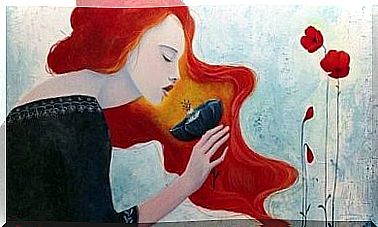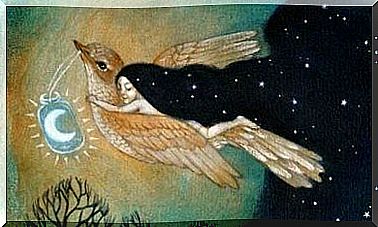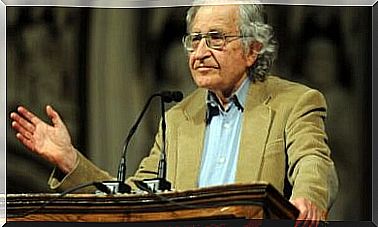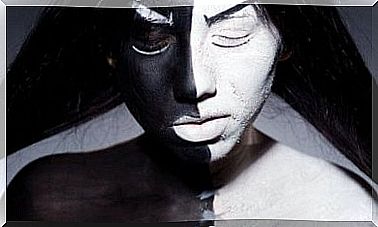The Creative Brain: Free, Sensitive And Connected Minds
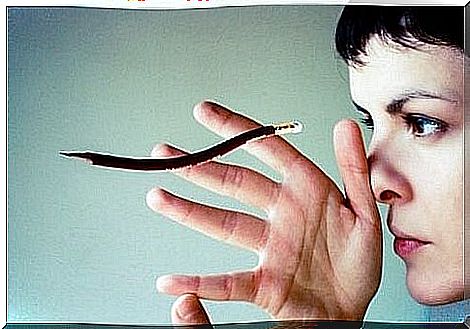
The creative brain is incredible. It is playful, full of emotion, free and tireless. It does not believe in borders. The creative brain chooses to be connected to everything, so that it can learn from all stimuli. Often it does not even know how it came up with certain ideas, because ideas appear like the flash of a camera.
Steve Jobs used to say that creativity is about tying the right elements. It connects our previous experiences with our reality and daring to create new and challenging things. Not everyone will understand these things at first, but later they will open up new possibilities. It is the innovation that every business needs, the human capital that our society should appreciate.
As tantalizing as it may sound, we still have some misconceptions about creativity and the creative brain. For example, we believe that the ability to create innovative and original ideas is related to intelligence. Also, there are some people who still believe that the right hemisphere is the focus and origin of our creativity. These things are not true. Myths continue to get in the way of the scientific progress we have made over time.
First, we must understand that creativity is an ability we are all born with. We must also understand that in order to use it and strengthen it, we must look at the world and ourselves from a different perspective. We discuss this below.
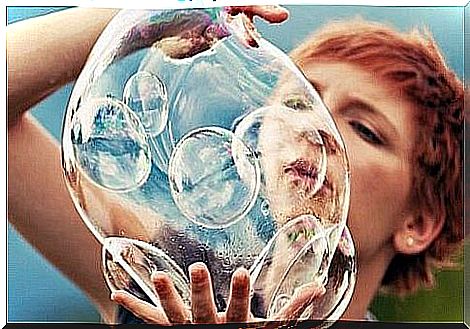
How does the creative brain work?
The creative brain seems very clear. A recent study published in the National Academy of Sciences revealed to us what some neuropsychologists already suspect: Creative people have higher cohesive neuronal structures than other people. Through magnetic resonance imaging, researchers saw the fascinating complexity of functional and neuronal connections in creative people.
Therefore, we profess the hypothesis that connects creativity exclusively with the right hemisphere. A person who generates innovative, bold and original ideas has a symphony of enormous interactions in both the left and right hemispheres of the brain. Similarly, researchers have made other interesting discoveries about the creative brain.
A flexible mind that is tolerant of uncertainty
As we have already seen, the neuronal structure of a creative person is closer and more connected. This also explains their flexible mental focus, which is always open to ambiguity and uncertainty. While “rigid” senses are unable to accept conflicting facts, creative minds see them as a challenge and try to find explanations with a direct approach.
Higher intelligence does not mean creativity
Creative people do not always have remarkable levels of intelligence. We saw this in the famous study conducted by Frank X Barron in 1956. He brought together some of the most renowned architects, researchers and authors, such as Truman Capote, William Charles Williams and Frank O’Connor. He wanted to understand how some of the most creative minds worked.
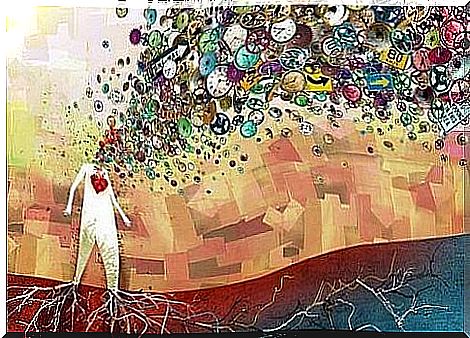
This is what he discovered in the company of such large and varied personalities :
- They were open to exploring a deeper inner life. They were reflective, knew how to analyze their emotions, and were aware of their inner needs.
- These people had the motivation and desire to learn, discover new things, or show the world new ideas, concepts or stories.
- It was also an emotional and moral component. Most of them had noble values.
- They accepted the lack of order. This even inspired them.
- They had a very strange madness in them. At times, they seemed childish, playful and anxious to go beyond the established. These people were ready to be amazed and enjoy the most basic things.
- They liked to take risks.
The creative brain and introspection
Another trait of creative people is their ability to introspect. They have a deeper self-awareness and know how to combine their weakest areas with their strongest. This point of being able to recognize one’s own limitations, faults, or worst traits, is often synonymous with good mental health.
Creativity has no order at the neurological level
In 2001, neurologist Marcus Raichle conducted an interesting study on creativity that resulted in interesting findings. The creative brain is incredibly disordered. We have already seen that creative innovation is not placed exclusively in the right hemisphere. In reality, it is incredibly scattered.
- Thus, Dr. Raichle talked about the “fantasy network”, which involves many brain groups.
- On the other hand, there is another process that characterizes the creative brain, what is called “self-created cognition”. In other words, the opportunity to daydream, ponder or let your mind wander.
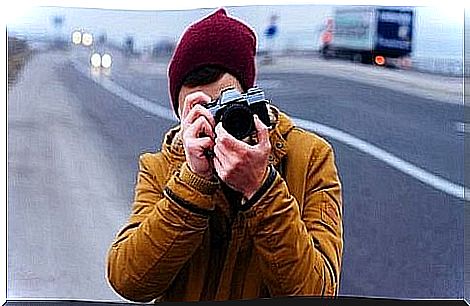
After more than 30 years of studying creative people, Mihaly Csikszentmihalyi indicated that they are complex people. It is as if more than one person lived in a brain. It is as if there was a whole team of professionals inside them, who demanded things and came up with new ideas and interests.
These voices are what motivate them. But sometimes they can also come up with too many ideas and projects… In fact, this is one of the most common problems for the creative brain: Learning to control all those streams of ideas, emotions and thoughts.


